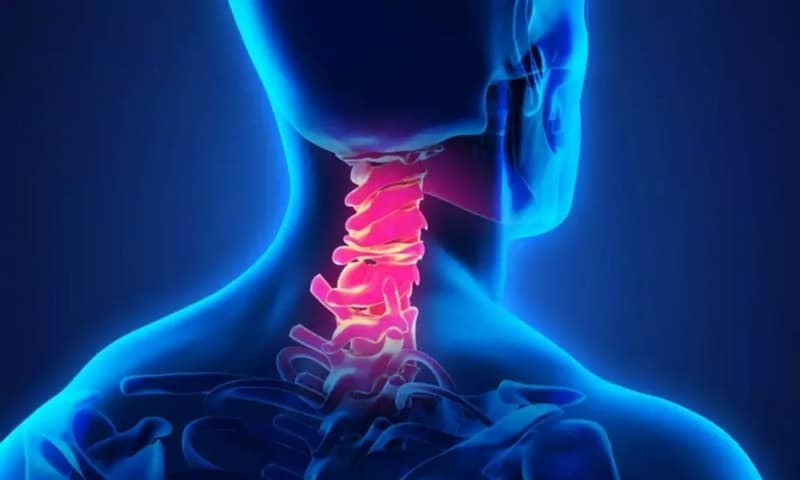Myelopathy

Schleper and Stuerenburg initially identified and reported copper deficiency myelopathy in humans in 2001. They related an individual who had undergone partial colonic resection and a gastrectomy. This patient had serious tetraparesis and excruciating paraesthesias, and imaging revealed dorsomedial cervical cord T2 hyperintensity.
Further examination revealed that the patient’s serum ceruloplasmin, CSF copper, and serum copper levels were reduced. Parenteral copper was administered to the patient, and the paraesthesias disappeared. Since this finding, copper-deficiency myelopathy knowledge and its therapy have grown, and Kumar has examined this illness.
Patients often experience gait trouble (difficulty walking) brought on by sensory ataxia or irregular muscle coordination due to dysfunction of the dorsal column or myelopathy, the degeneration of the spinal cord. Ataxic gait patients have trouble balancing and walking with instability. In addition, they frequently have tremors in the area of the torso, which cause lunges and jerks to the side.
In patients with myelopathy brought on by copper deficiency, there is frequently enhanced T2 signaling at the spinal cord’s posterior columns on brain MRI. T2 signaling is often an indication of a particular type of neurodegeneration. The thoracic, cervical, or occasionally both cords are involved in various alterations in the MRI of the spinal cord.










